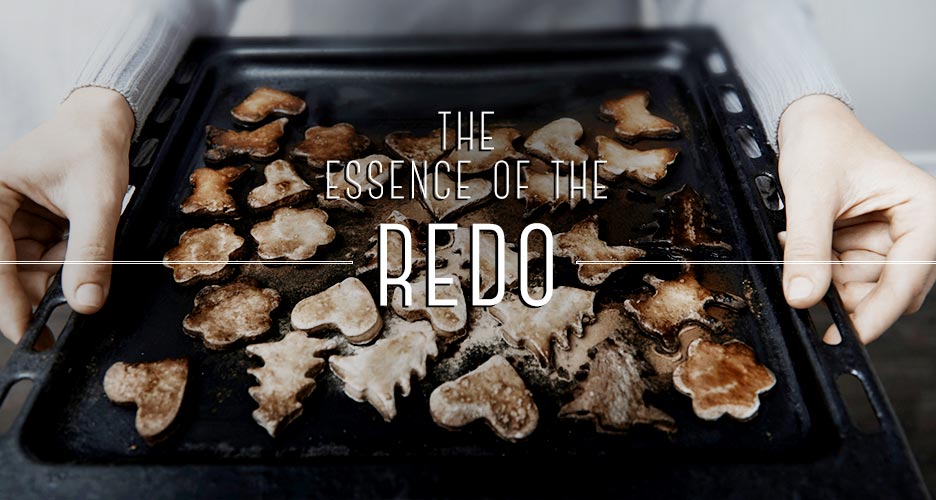AUSTIN, Texas. August 2, 2023 – White Hat Agency took center stage at the Texas…

The Essence Of The Redo
I was once told by one of my mentoring professors, “Don’t fall in love with your shit.”
At the time, I was resistant to the idea that not everything I made was absolutely perfect. Over time, I’ve learned that flexibility doesn’t mean that you have to compromise your work. By having to “redo” pieces that are off the mark, my own work has become more developed, smarter and more engaging in a variety of ways.
I’ve learned to pay more attention in client meetings; and when I happen to disagree with a particular issue, I now have the power of experience behind my decisions. Every revision is an opportunity to hone my work – to know what does and doesn’t work well on a particular project and to speak with confidence about the methods and decisions behind those determinations.It not only helps the creative work I personally do, but also equips me with the ability to give clear and precise instructions to my team, when something simply isn’t right.
Can edits become a total time-suck? Yes, absolutely. But I feel that you can quickly limit the amount of time wasted by pairing the speed of design with a great account and traffic manager. In other words, the sooner you can recognize the need for a revision (and get on top of it), the better it is for everyone.
Have I looked back on projects and realized that I should’ve called for a redo? For sure. Unfortunately, I feel all designers have this moment of regret. Without making up too many excuses for work that wasn’t up to par, the point is that I now have moments of clarity on each new project. I stop to ask myself, “Could this use a re-do?” Everyone’s process is different, but I’ve found this is the best way to remain confident through the design process while taking one or two on the chin, every now and then.
Another reason why the ability to self-edit is so important is that designers are supposed to be on trend … but some trends die hard. I think the 1970s and 80s are the best examples of entire decades of design gone horribly wrong, which is why you often seen work from those decades being referenced in a mocking tone. It’s important for any designer to avoid trends and crutches that will be remembered for the wrong reasons.
Unlike my professor, who I believe was just trying to get us used to the idea of not being set in our ways, I really think he was trying to say that, sometimes, there’s more than one correct answer to every problem. And there’s no better way of uncovering all of your options than by getting familiar with “the essence of the redo.”
Also known as “not falling in love with your shit.”



